Fighting on one border, friendship on another: Pakistan’s Afghan dilemma deepens
As India eyes a return to Kabul and fighting rages on the Afghan frontier, Pakistan faces a stern test

Zain Ul Abideen
Senior Producer
Zain Ul Abideen is an experienced digital journalist with over 12 years in the media industry, having held key editorial positions at top news organizations in Pakistan.
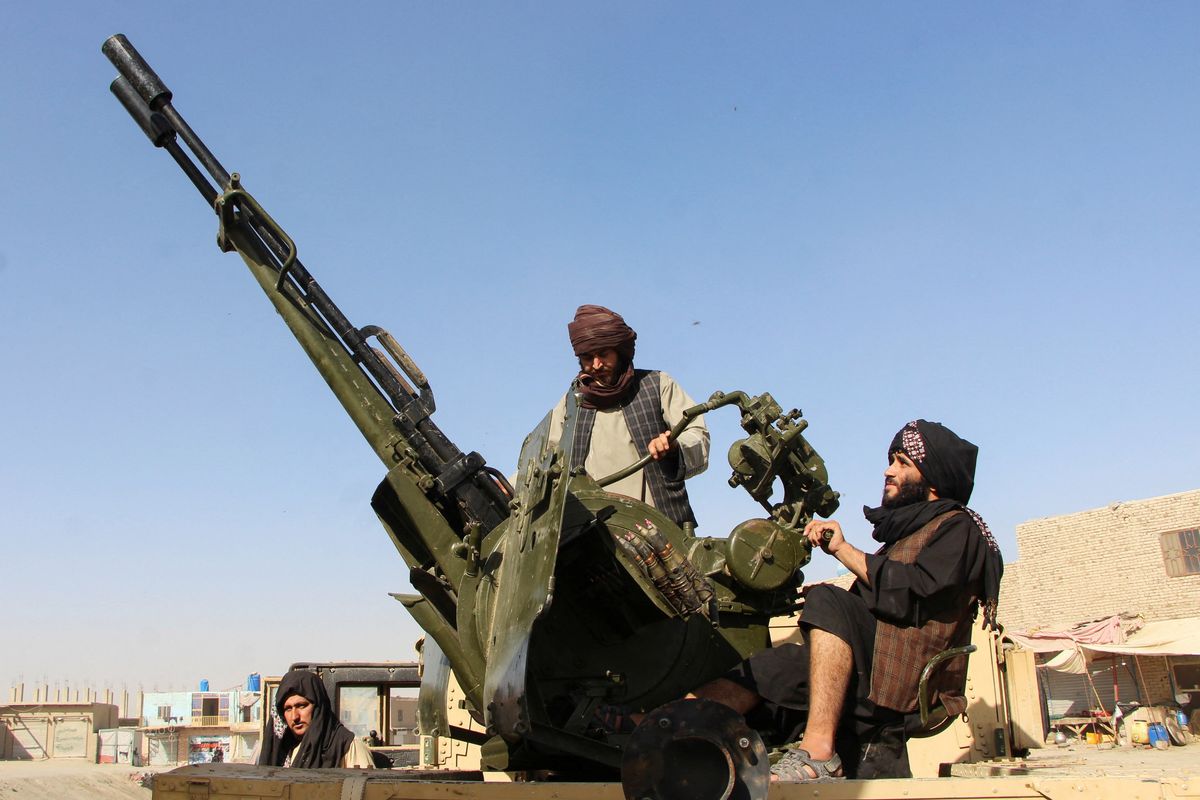
An Afghan Taliban fighter sit next to an anti-aircraft gun near the Afghanistan-Pakistan border in Spin Boldak, Kandahar Province, following exchanges of fire between Pakistani and Afghan forces in Afghanistan, October 15, 2025.
Reuters
Deadly border clashes between Pakistani and Afghan forces have plunged the region into one of its most serious military confrontations since the Taliban’s return to power in 2021, raising fears of a broader destabilization that could reshape South Asia’s fragile balance of power.
Taliban spokesperson Zabihullah Mujahid claimed that Afghan forces killed 58 Pakistani soldiers in “retaliatory” fire. However, Pakistan’s military confirmed 23 deaths and claimed to have killed 200 Taliban and affiliated terrorists. Both sides say they destroyed border posts in what officials called the most intense fighting in years.
The violence erupted amid deepening diplomatic tension and dueling accusations. Kabul blamed Pakistan for carrying out airstrikes last week in the Afghan capital and the southeastern province of Paktika. Islamabad has neither confirmed nor denied those claims but called the Taliban’s cross-border strikes “unprovoked aggression.”
As of Wednesday, Pakistan’s military said its forces successfully repelled coordinated Taliban assaults on multiple positions along the border in Balochistan and Khyber Pakhtunkhwa provinces.
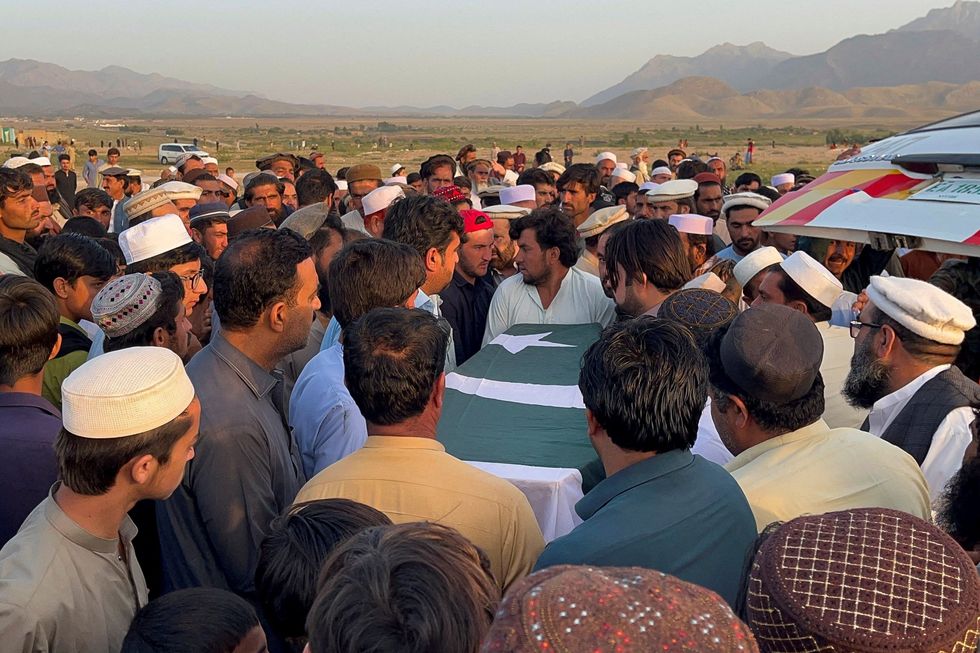
According to the Inter-Services Public Relations (ISPR), the military’s media wing, Taliban militants launched what it described as a “cowardly attack” at four locations near the Spin Boldak crossing — a key trade and transit route.
The statement said Pakistani troops destroyed several Taliban posts and inflicted “heavy losses,” killing up to 30 more fighters.
Once allies, now adversaries
For decades, Pakistan was accused of backing the Taliban insurgency during the U.S.-led occupation of Afghanistan. Islamabad was among only three countries — alongside Saudi Arabia and the United Arab Emirates — that recognized the Taliban’s first government from 1996 to 2001.
But the Taliban’s return to power in August 2021 dramatically altered that relationship. Attacks inside Pakistan have surged, with Islamabad blaming the Taliban government for harboring militants from the Tehreek-e-Taliban Pakistan (TTP), an ideological offshoot of the Afghan Taliban. Kabul denies those allegations, claiming it has no control over armed factions operating independently in border regions.
The new round of clashes, analysts say, reflects the collapse of mutual trust between the two governments and the shifting regional alignments taking shape in the aftermath of America’s withdrawal.
Dangerous drift
Sami Yousafzai, a veteran journalist covering Afghan affairs, said the confrontation has pushed public sentiment toward open hostility on both sides of the border. “The Taliban still see conflict through a military lens,” Yousafzai said. “They are not yet a political government in the modern sense, and that makes it hard to resolve crises through diplomacy.”
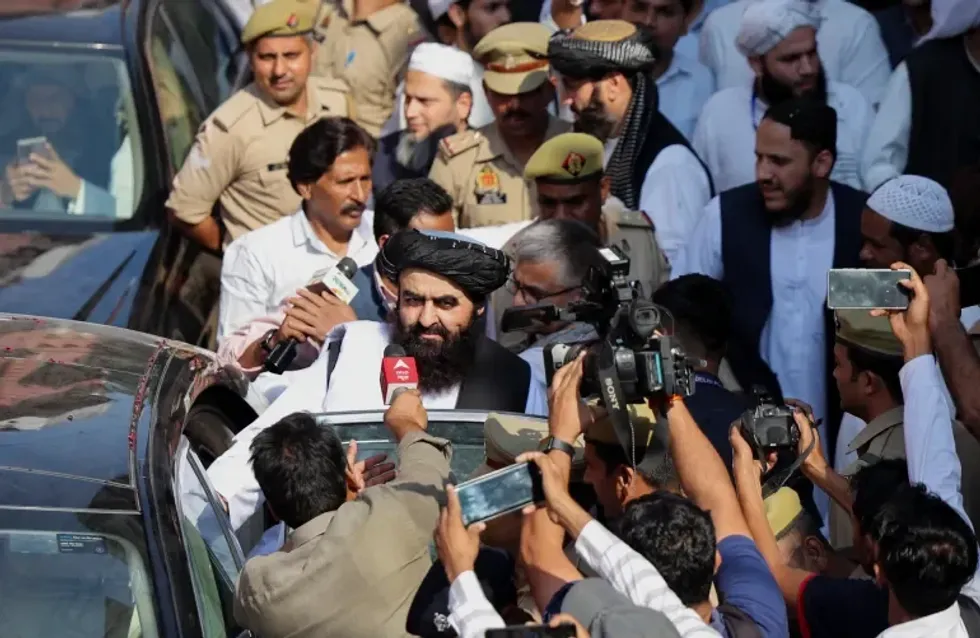
He said India’s renewed outreach to the Taliban, including the recent visit of Afghanistan’s interim foreign minister Amir Khan Muttaqi to New Delhi, adds a new layer of complexity. “The timing of that trip, coinciding with these clashes, gives India a symbolic advantage,” Yousafzai said.
“It allows New Delhi to re-engage with Kabul just as Pakistan’s relations with the Taliban are collapsing.”
Mehmood Jan Babar, a Peshawar-based security analyst, believes the situation remains volatile but not yet irreversible. “Neither side wants an all-out war,” Babar said. “Both understand that continued escalation would threaten regional trade and the fragile economies on both sides of the Durand Line.”
India’s quiet return to Kabul
India shuttered its embassy in Kabul after the Taliban takeover but began cautiously re-engaging last year, providing humanitarian aid and restoring limited diplomatic contact. New Delhi has sought to protect its past investments — worth more than $3 billion in roads, dams and parliament buildings — while countering China’s growing footprint in Afghanistan.
For Pakistan, India’s renewed presence in Kabul — even if symbolic — triggers deep anxiety. Analysts say Islamabad fears being encircled by hostile neighbors to the east and west. “Pakistan views any India-Afghanistan cooperation as a direct security threat,” Babar explained. “Even a diplomatic gesture becomes a strategic concern.”
Still, he noted, India’s capacity to exert real influence inside Taliban-controlled Afghanistan remains limited. “India lacks physical access,” he said.
“Its moves are mostly psychological and diplomatic, meant to signal presence rather than dominate the game.”
The domestic dilemma
Beyond regional politics, the crisis exposes Pakistan’s internal vulnerabilities. Since 2021, the TTP has stepped up attacks on security forces and civilians, especially in the northwestern province of Khyber Pakhtunkhwa.
Yousafzai argues that Pakistan must focus first on dismantling those militant networks within its own borders. “It’s not Kabul’s job to solve Pakistan’s militancy problem,” he said. “The Taliban can’t control every group, and Pakistan must take responsibility for its internal security.”
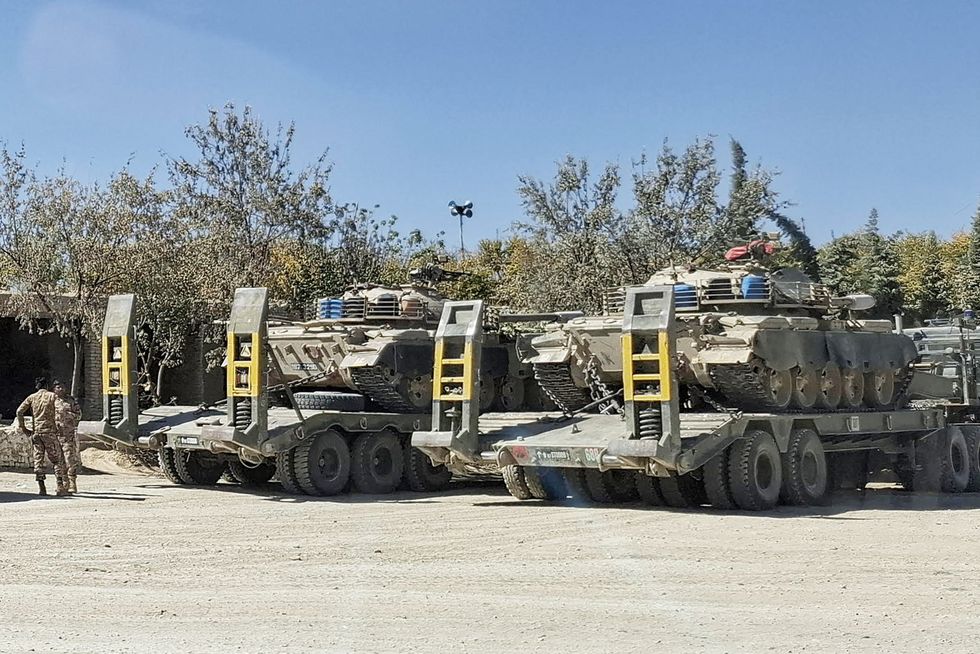
That task is complicated by political instability in Islamabad, where successive governments have struggled to implement a coherent counterterrorism policy or unify provincial and federal responses. Analysts warn that simultaneous pressure from the east (India) and west (Afghanistan) could overstretch Pakistan’s military and heighten domestic divisions.
Calls for regional diplomacy
Despite the grim outlook, experts say there are still paths to de-escalation. Babar points to the potential role of China, Russia, Iran, and Central Asian states — all of which have economic and security stakes in preventing a prolonged border war. “These countries are Pakistan’s mutual friends,” he said.
“They don’t want instability that threatens projects like China’s Belt and Road or trade corridors through Central Asia.”
Analysts suggest Pakistan should activate those diplomatic channels to mediate between Islamabad and Kabul while maintaining deterrence along the border. “De-escalation will require both sides to recognize that neither can fully control cross-border militant activity,” Babar added. “But regional mediation can at least prevent another spiral.”
A fragile balance
For now, the situation remains fluid. Sporadic gunfire continues along sections of the border, and Pakistan has reportedly reinforced its positions in Khyber Pakhtunkhwa and Balochistan. Civilian movement across the frontier remains restricted, and the destruction of the Friendship Gate — a key crossing used for trade — underscores how easily economic lifelines can become casualties of political breakdown.
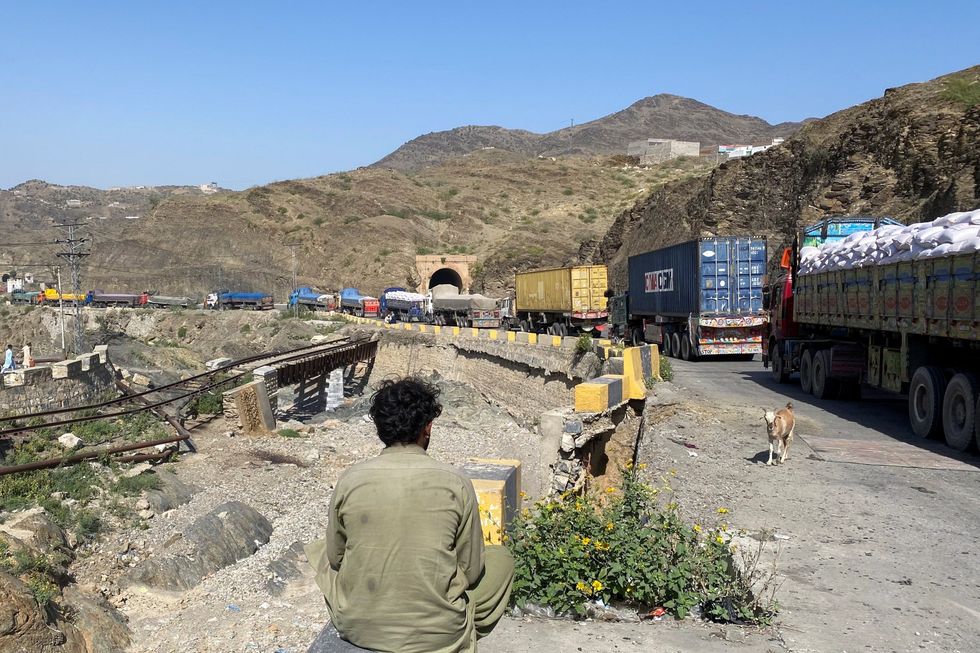
The crisis comes as Pakistan faces mounting economic strain and an IMF-backed stabilization program that limits fiscal space for military spending. At the same time, the Taliban government is under growing pressure from within Afghanistan, where its inability to deliver economic relief has eroded support even among rural populations.
“The confrontation serves no one,” Yousafzai said. “It hurts trade, isolates both countries, and gives space to militants who thrive on chaos.”
A test of Pakistan’s strategic maturity
Ultimately, analysts say the confrontation is a test of Pakistan’s ability to balance domestic security, regional diplomacy, and military restraint. Islamabad must strengthen its internal counterterrorism strategy, repair civilian governance in frontier provinces, and use back channels with Kabul — and mutual friends like China and Qatar — to keep communication open.
The border violence also underscores a larger truth: South Asia’s post-U.S. order remains dangerously unsettled. With India quietly re-entering Afghan diplomacy, China expanding economic influence, and Russia seeking new partners, Pakistan stands at the center of a shifting regional chessboard.
Whether it can navigate these pressures — without succumbing to a two-front conflict or domestic instability — will determine not only its security but the future stability of the region.





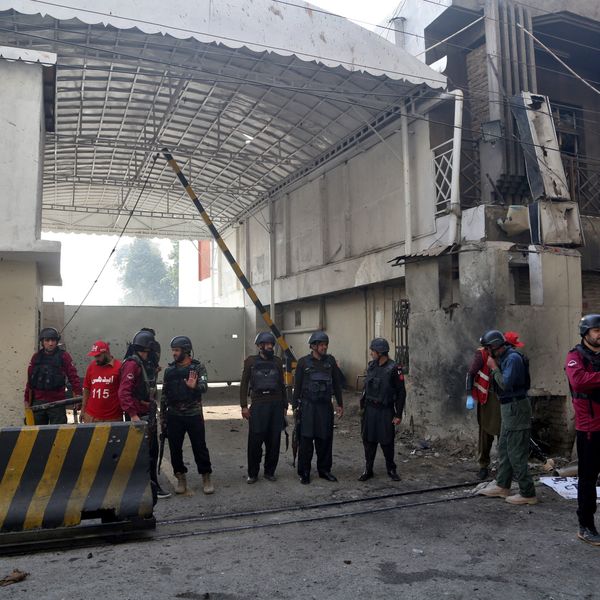
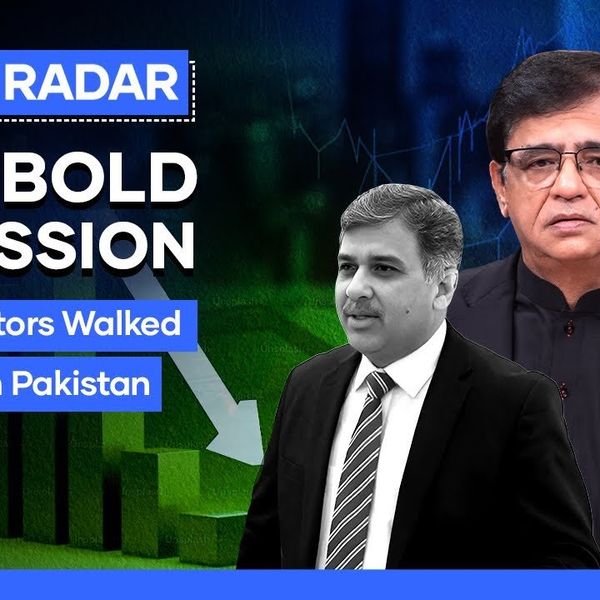

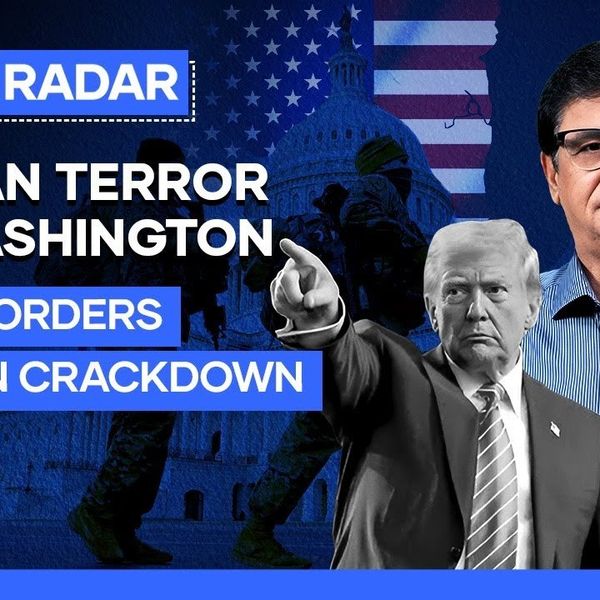

Comments
See what people are discussing